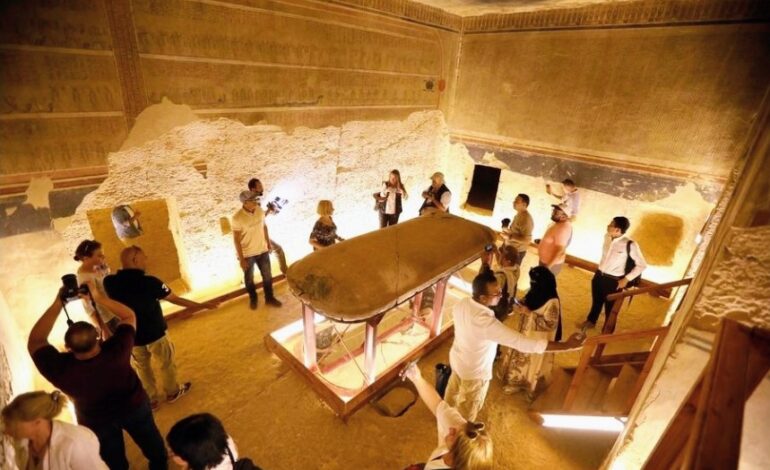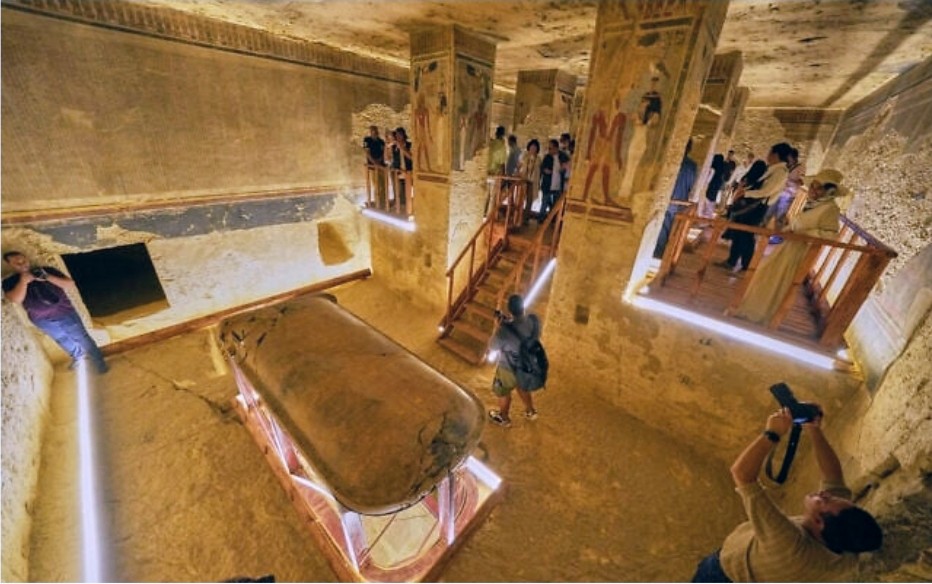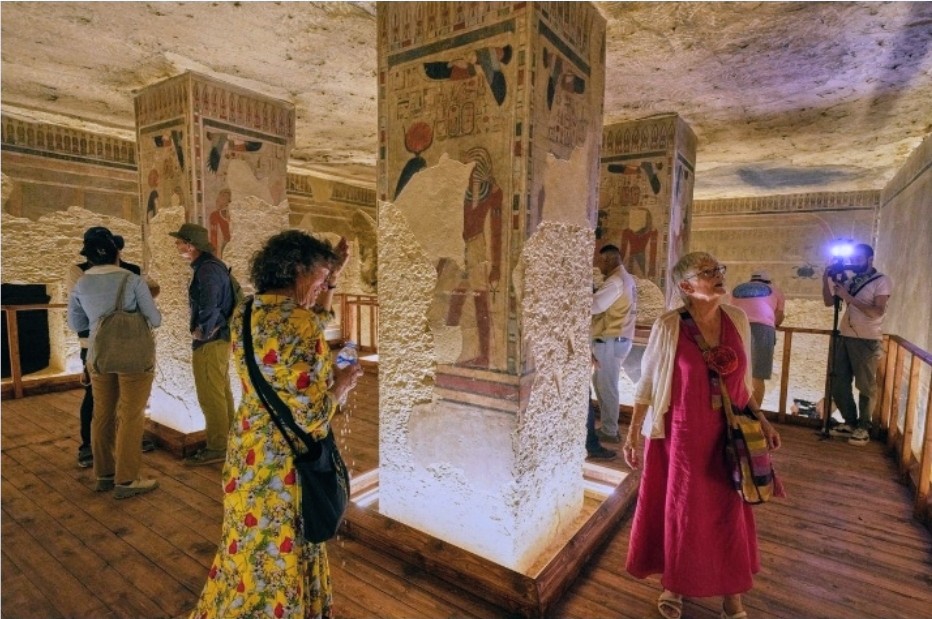
Wayne Lumbasi
Egypt has officially reopened the magnificent tomb of Pharaoh Amenhotep III in Luxor after more than twenty years of careful restoration. The reopening of this grand monument is not just a cultural event but a significant milestone for Egypt’s tourism, heritage, and global image.
For Egypt, the restoration represents a deep commitment to preserving its ancient identity while embracing the future. The project, completed through a partnership between Egyptian experts and Japan’s Waseda University, reflects how international cooperation can protect history for generations to come. It showcases Egypt’s growing role as a leader in archaeological conservation and heritage management.

The reopening also comes at a crucial time for the country’s tourism sector. As Egypt prepares for the long-awaited inauguration of the Grand Egyptian Museum, sites like Amenhotep III’s tomb add to the nation’s cultural revival, attracting visitors from across the world. Each restored monument becomes a gateway to economic growth, creating jobs, boosting local businesses, and inspiring national pride.
Beyond tourism, the tomb’s restoration stands as a reminder of Egypt’s enduring legacy. It reconnects modern Egyptians with their ancestors’ creativity and wisdom, proving that the spirit of the Nile civilization remains alive. The project symbolizes resilience – a nation reclaiming its history after centuries of erosion and neglect.

As visitors now step into the newly restored corridors of Amenhotep III’s resting place, they are not only admiring the beauty of ancient art but also witnessing Egypt’s renewed promise to protect its past, empower its people, and share its story with the world.
RELATED
EGYPT HAS UNVEILED AN ANCIENT ROYAL TOMB IN LUXOR
CLEOPATRA WAS LIGHTSKINNED- EGYPT TO NETFLIX



